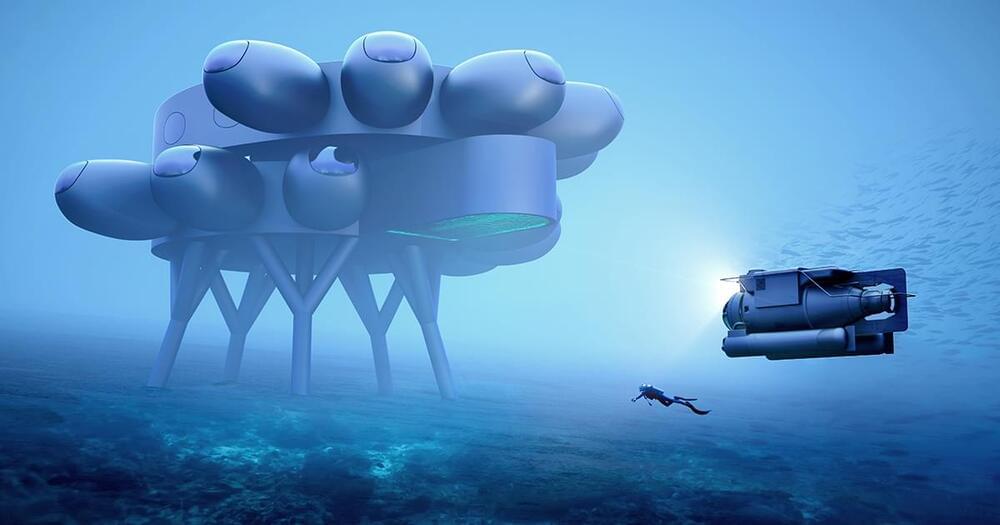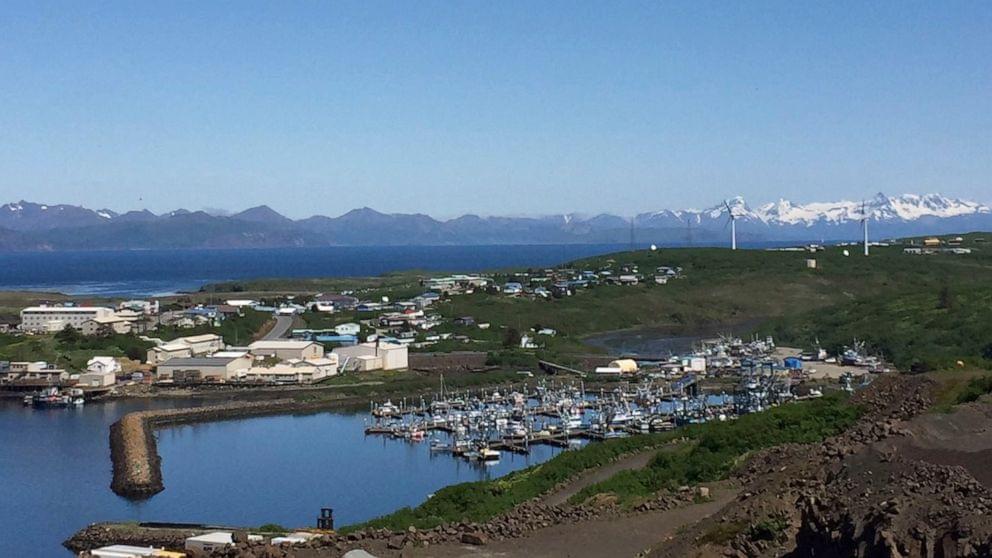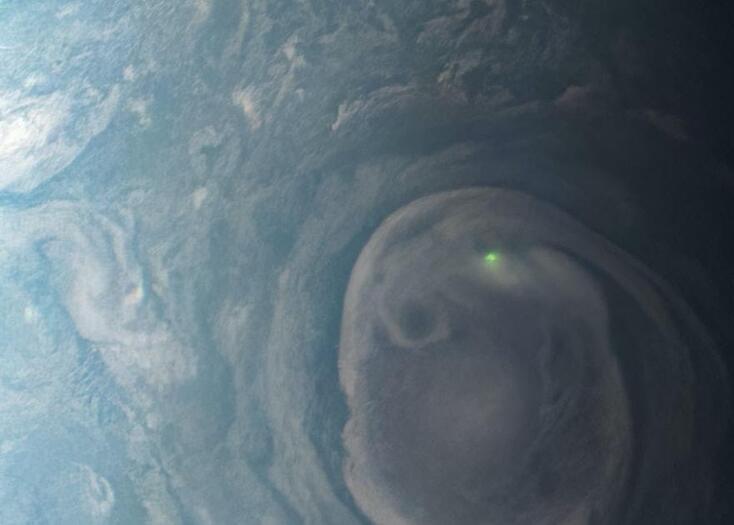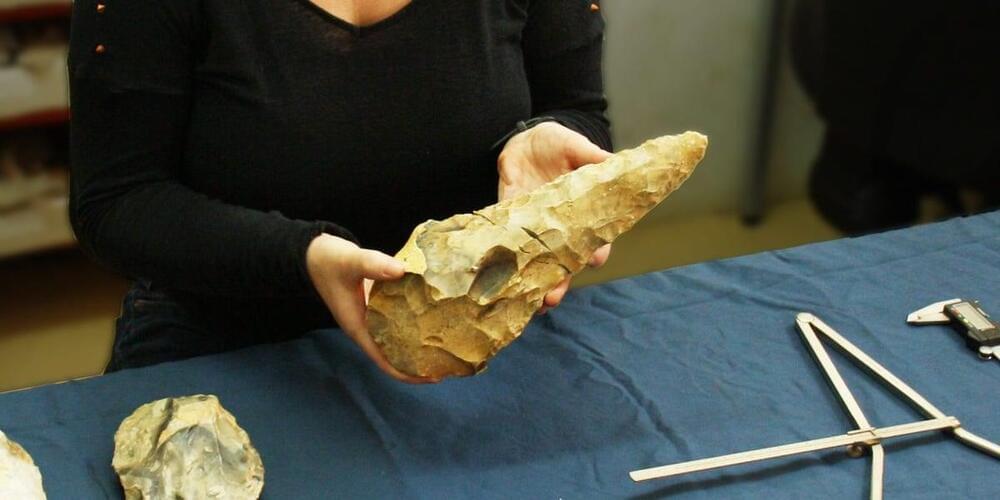2020 underwater base.
Aquanaut Fabien Cousteau — grandson of famed ocean explorer Jacques-Yves Cousteau — has announced plans to build the world’s biggest underwater base for scientific research.
He calls the facility “Proteus” and envisions it being the ocean equivalent of the International Space Station — a place where scientists from across the globe can work together to solve the world’s biggest problems, from climate change to world hunger.
“Proteus…is essential to driving meaningful solutions to protect the future of our planet,” Cousteau said in a press release. “The knowledge that will be uncovered underwater will forever change the way generations of humans live up above.”







